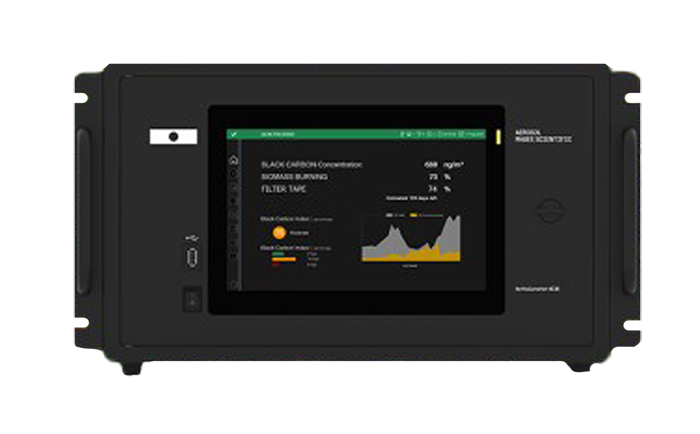In summary:
The Aethalometer outperforms alternatives through its almost artifact-free measurements (DualSpot), detailed aerosol characterization (multi-wavelength), and autonomous operation, making it the preferred choice for long-term BC/BrC monitoring in research, compliance, and climate studies. Its design directly addresses pitfalls like filter-loading errors and environmental instability, which commonly plague other BC instruments.
In few more details:
- PRECISE, REAL-TIME MEASUREMENTS
The Aethalometer uses patented DualSpot technology to automatically correct for filter-loading effects in real time. This means you get precise black carbon (BC) readings even at high concentrations without the need for complicated post-processing, which is also important for source apportionment algorithm to perform optimally.
- SOURCE APPORTIONMENT, MULTI-WAVELENGTH ANALYSIS
With seven or nine optical wavelengths (form 340 or 370 to 950 nm), the Aethalometer can distinguish between different sources of BC - such as diesel exhaust and biomass burning, and can also analyse brown carbon (BrC) data.
- RELIABLE IN ALL ENVIRONMENTS, FOR ALMOST HALF A CENTURY
It’s built for field use, with low power requirements and proven durability in all conditions. We have been servicing instruments even 15 years old that worked perfectly, apart from minor glitches.
- REAL-TIME, HIGH-RESOLUTION DATA
The Aethalometer provides real-time data with time resolution as fast as one second. This allows users to monitor rapid changes in air quality or to use the instrument for specific applications, such as emission factors, mobile measurements, monitoring wildfire smoke, etc.
- EASY TO USE AND MAINTAIN
Features like automatic QA/QC, built-in diagnostics, and remote operation make the Aethalometer simple to deploy and maintain, whether in the lab or the field.
- PROVEN AND SUPPORTED BY SCIENCE
Aethalometer data are used in more than 10.000 scientific studies (source Google Scholar) in a variety of applications. With decades of experience, we know more about black carbon than anyone else, and we’re ready to answer any question our customers may have, from practical setup to advanced scientific support.



















